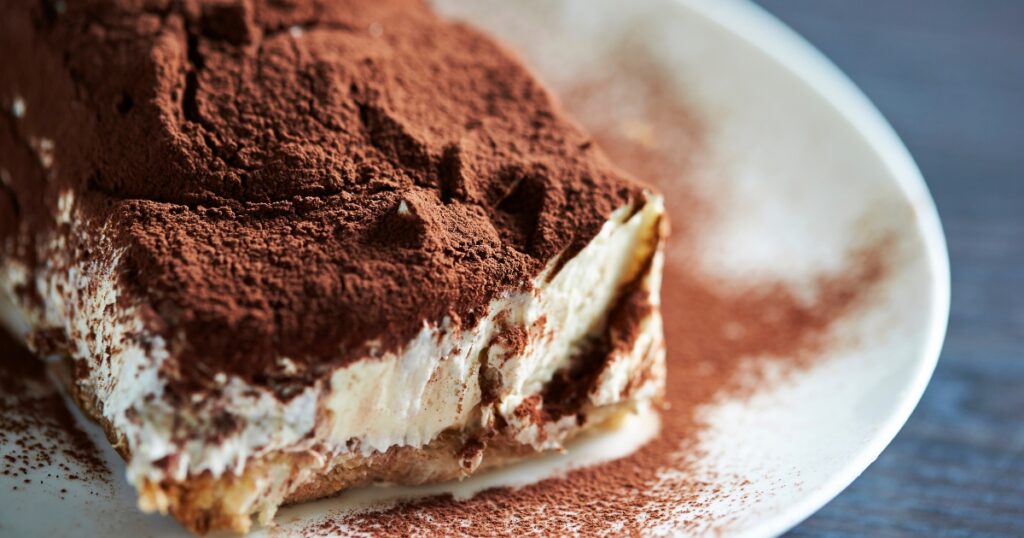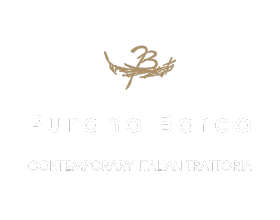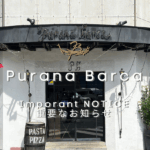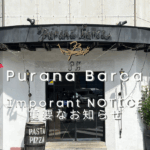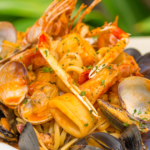Bolognese, a classic pasta sauce in Italian cuisine, is also well-known in Japan.
Often confused with meat sauce, Bolognese actually has a deep history and is deeply rooted in the culture of the region.
The name "Bolognese" comes from the northern Italian city of Bologna.
Officially called "Ragù alla Bolognese," it is made by slowly sautéing aromatic vegetables such as onions, celery, and carrots, and then simmering them with ground beef, tomatoes, wine, and broth (stock).

The origins of this ragù date back to the Middle Ages, where it was considered a "luxury dish" made by simmering meat and vegetables. It is said that it was served at banquets for the nobility.
The modern recipe began to take shape after the 18th century, and by the 19th century, it had spread as a home-cooked dish.
In 1982, the Bologna Chefs' Association officially registered the traditional Bolognese recipe with the Italian Chamber of Commerce to preserve its authentic taste.
According to this recipe, the authentic combination is with *tagliatelle* (a wide egg pasta), rather than spaghetti.
In Japan, it is often known as a "meat sauce" with a strong tomato flavor, but the true charm of Bolognese lies in the rich umami of the meat, the sweetness of the vegetables, and the deep, slow-cooked richness developed over time.

At Purana Barca, we honor tradition while offering a unique twist, adapting the dish to align with the flavors of Japan’s seasons and ingredients.
We hope you can experience the scent of distant Italy, Bologna, right on your plate.
Next time, we will introduce the story behind the creation of the popular Italian dessert "Tiramisu." Stay tuned!
